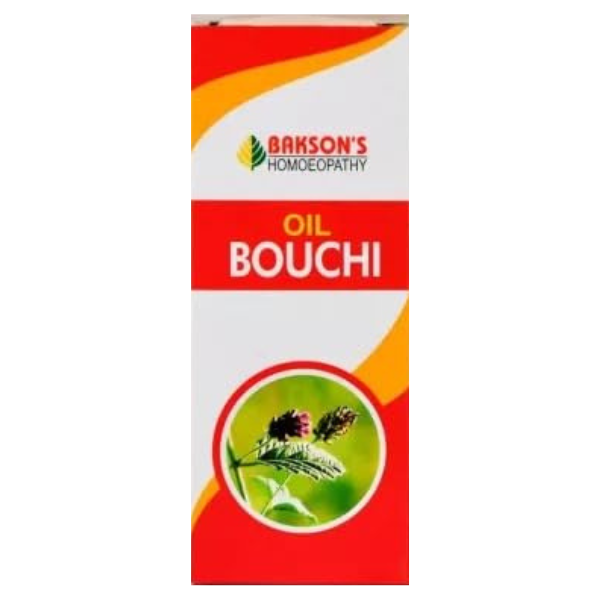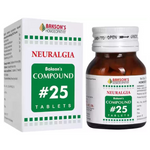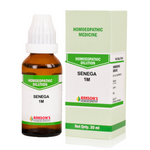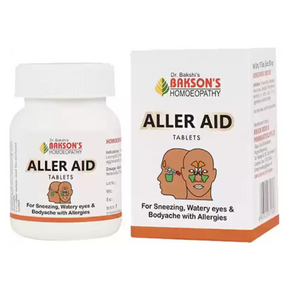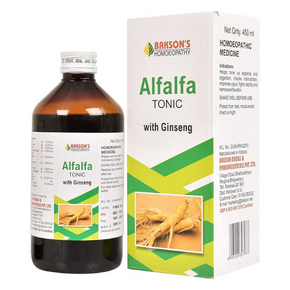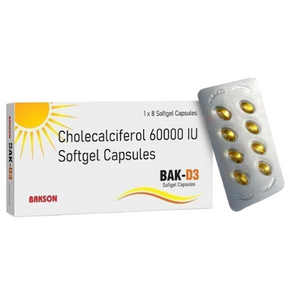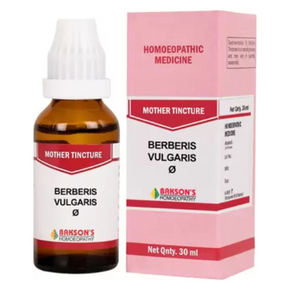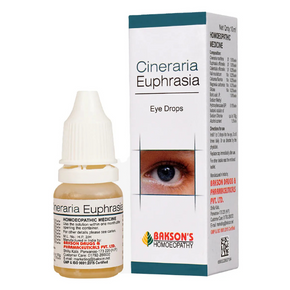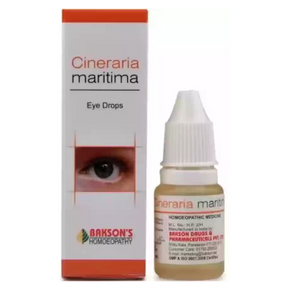- No products in the cart.
BAKSON'S HOMOEOPATHY OIL BOUCHI
No reviews
Rs. 348.00
🥳 Don’t Miss 🎉 New Year Discounts till 9th Jan 2026 🤩
Fulfilled By Planet Ayurveda
Size (Per Unit): 60 ML / 100 ML / 450 ML
Direction For Use: As directed by the physician
Categories
- Clinically Tested Products
- Classical Ayurvedic Products
- Ayurvedic Products for Pets
- Herbal Combo Packs
- Single Herbal Capsules
- Poly Herbal Capsules
- Single Herb Powders
- Herbal Powder Blends
- Beauty & Cosmetics
- Herbal Tablets
- Herbal Teas
- Herbal Juices
- Herbal Syrups
- Herbal Oils
- Premium Products Range
- All Ayurveda Brands
Browse by Category
Browse by Company
Browse by Health Concern
Description
Leucoderma is a acquired skin condition with localized loss of pigmentation (brown colour) of the skin resulting in white patches that may occur after any number of inflammatory skin conditions, burns, post dermabrasion etc. Postinflammatory hypopigmentation may also follow healing of Dermatitis. Besides even after the Psoriasis has cleared up by itself or with treatment, it may leave dark or pale marks (post-inflammatory hyperpigmentation and hypopigmentation). It does not cause true scarring.
Traditional treatments range from topical creams or ointments to oral medications (which must be monitored for systemic side-effects) to ultraviolet phototherapy. Latter is extremely time-consuming and has other associated risks. Bakson's Oil Bouchi prepared from Psoralea coryfolia in oil base, effectively treats hypopigmentation without any side effects.
The seeds of this plant contain a variety of coumarins including psoralen, which is valuable for enabling the skin to create new pigments when out in the open to sunlight and hence is effectively used to treat diseases such as Vitiligo and Psoriasis (a skin ailment that is marked by red scaly patches.
Bakson's Oil Bouchi prepared from Psoralea coryfolia in oil base, effectively treats hypopigmentation without any side effects.
Composition
Psoralea corylifolia seed extract In Vegetable Oil Base q.s.
Indications
A formulation for loss of pigmentation associated with various ailments especially Vitiligo & Psoriasis.
Directions for Use
Apply as directed by Physician.
Contra-indication
None
Side effects
No known side effects
Skin reflects the state of health. Skin is often affected by disorders causing unsightly blemishes, discolourations, patches, eruptions etc.
Vitiligo is a skin condition in which there is a loss of brown color (pigment) from areas of skin, resulting in irregular white patches that feel like normal skin. Although patches are initially small, they often enlarge and change shape. Cause is unknown, but the condition may be autoimmune. Vitiligo may appear at any age and its course varies.
Normally, the color of hair and skin is determined by melanin. Vitiligo occurs when the cells that produce melanin die or stop functioning. Vitiligo affects people of all skin types, but it may be more noticeable in people with darker skin. The condition is not life-threatening or contagious. It can be stressful or make you feel bad about yourself.
Vitiligo Signs Include
- Patchy loss of skin color
- Premature whitening or graying of the hair on scalp, eyelashes, eyebrows or beard
- Loss of color in the tissues that line the inside of mouth and nose (mucous membranes)
- Loss of or change in color of the inner layer of the eyeball (retina)
Depending On The Type Of Vitiligo One Has, The Discolored Patches May Cover
- Many parts of body. With this most common type, called generalized vitiligo, the discolored patches often progress similarly on corresponding body parts (symmetrically).
- Only one side or part of body. This type, called segmental vitiligo, tends to occur at a younger age, progress for a year or two, then stop.
- One or only a few areas of body. This type is called localized (focal) vitiligo.
Disclaimer
The information provided herein on request, is not to be taken as a replacement for medical advice or diagnosis or treatment of any medical condition. DO NOT SELF MEDICATE. PLEASE CONSULT YOUR PHYSICIAN FOR PROPER DIAGNOSIS AND PRESCRIPTION.
Talk to our Experts
Our trusted experts can help you choose the right products for your health.
Book Your Consultation Now



















.png?v=1695813493)














